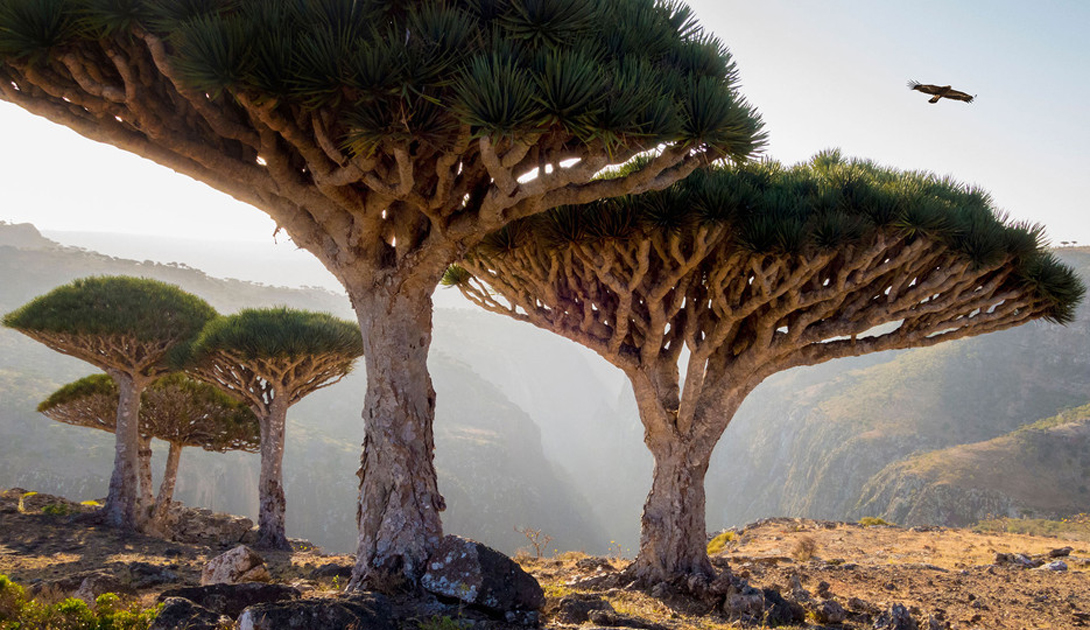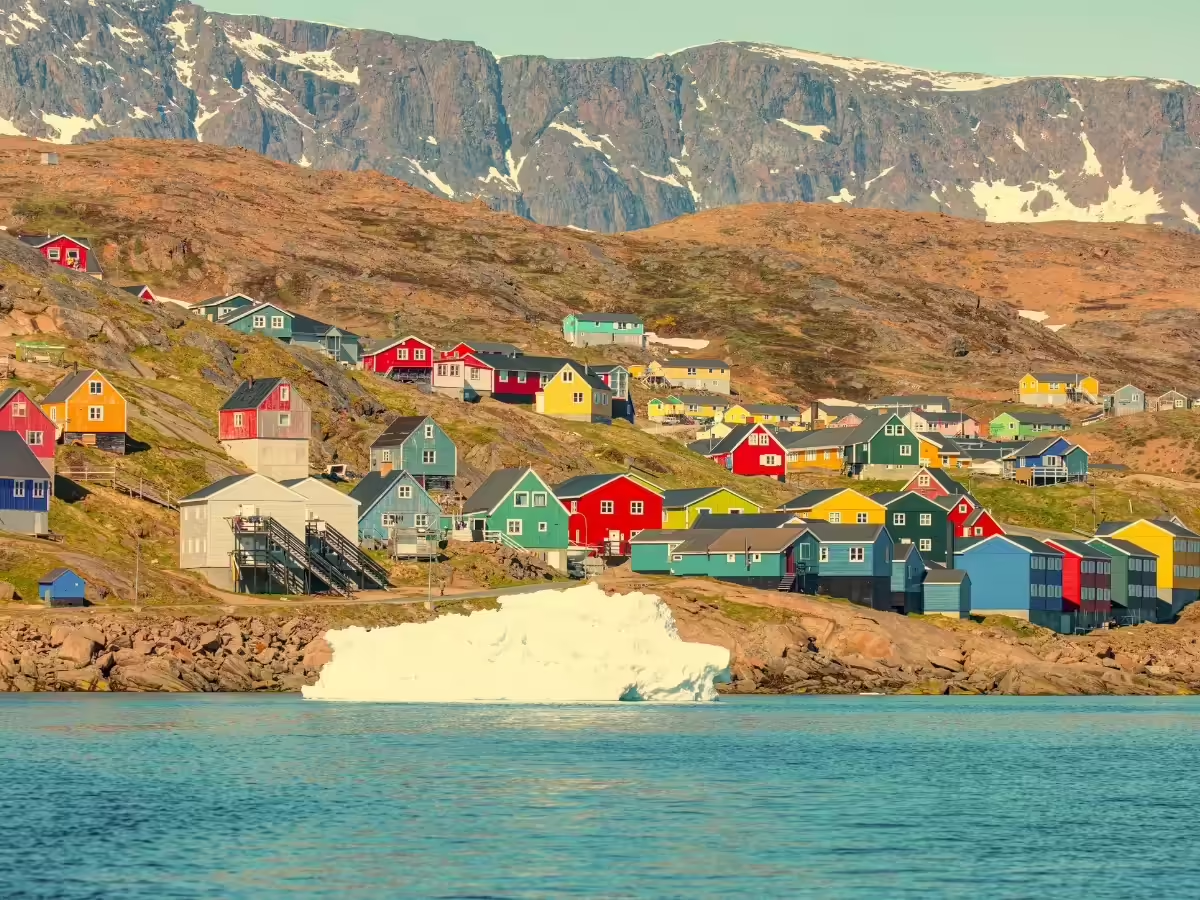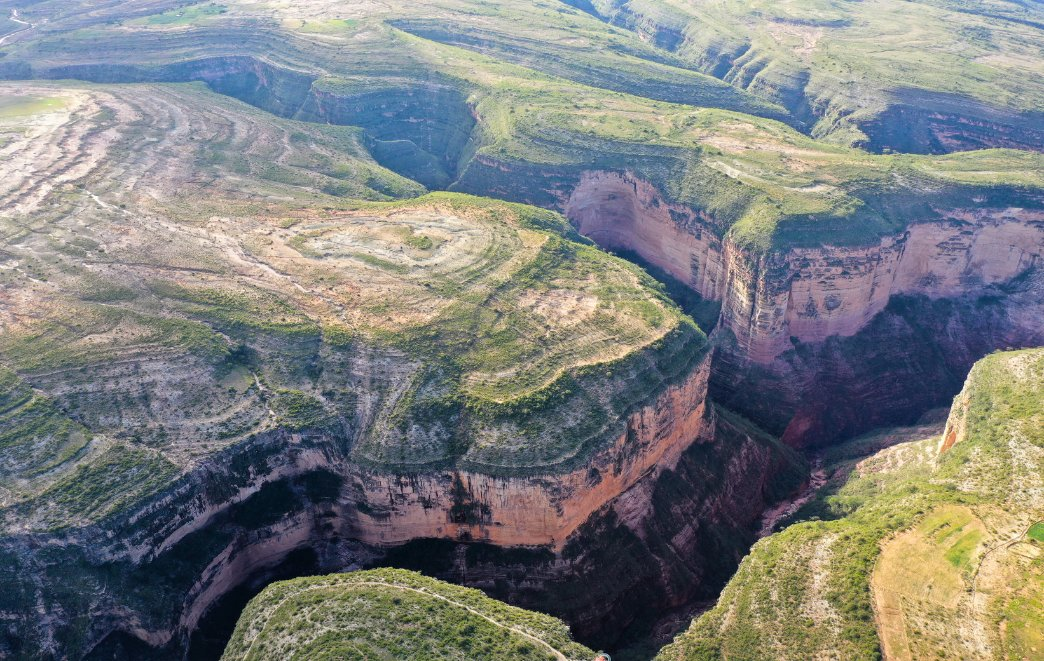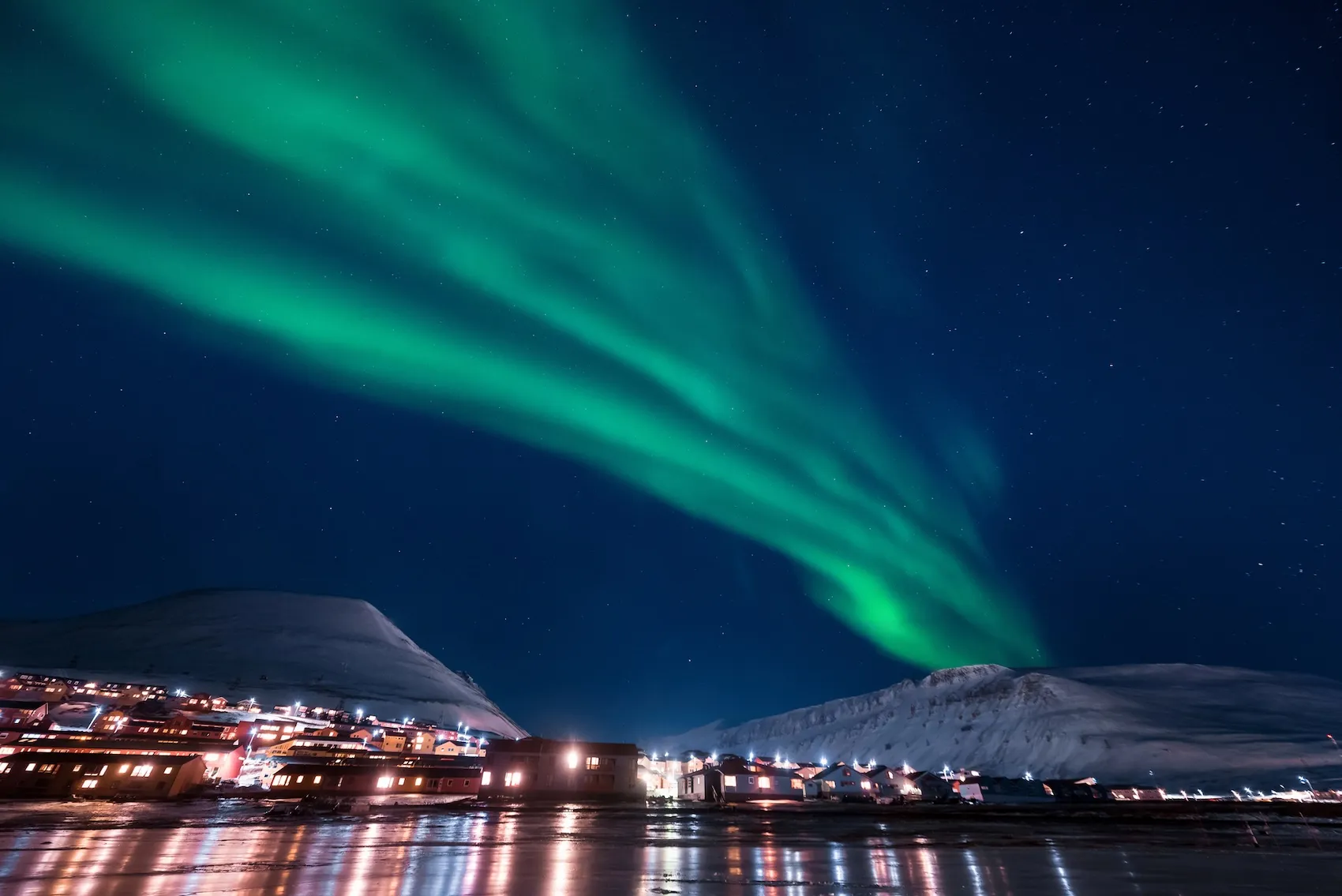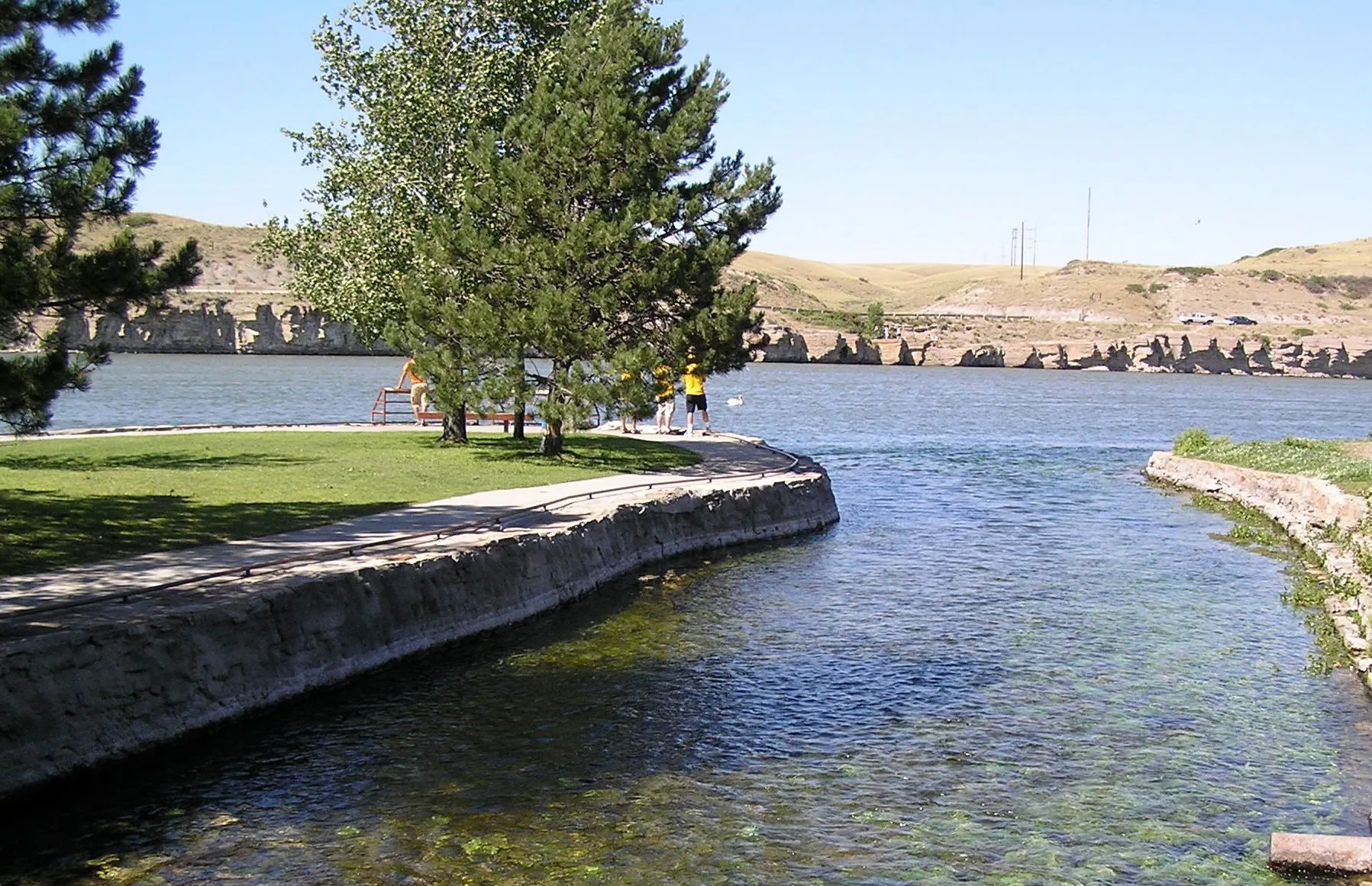Tucked away in the Arabian Sea, Socotra Island, Yemen, feels like another planet. Often called the “Galápagos of the Indian Ocean,” this remote island is home to over 700 species found nowhere else on Earth. Its most iconic symbol, the Dragon’s Blood Tree—with its umbrella-like shape and crimson sap—looks like it belongs in a sci-fi film. The island’s surreal landscape, from white sand dunes to limestone caves and turquoise waters, makes it one of the most visually striking and biologically unique places on the planet.
As a traveler passionate about biodiversity and untouched ecosystems, Socotra was an unforgettable experience. With minimal infrastructure and limited tourism, it offers a raw, immersive connection with nature. I snorkeled in coral reefs teeming with life and trekked through mountain plateaus where endemic plants thrive. Socotra isn’t for luxury seekers—it’s for those who crave the rare and real. The island’s remoteness also means your travel has a lower environmental footprint, as mass tourism hasn’t touched it yet.
Due to its isolation, travel to Socotra requires planning—visas, guided tours, and flights from mainland Yemen or the UAE are necessary. But for intrepid adventurers, this ecological treasure is worth every effort. In an age of over-tourism, Socotra stands as a reminder that there are still places on Earth where nature writes the story.

